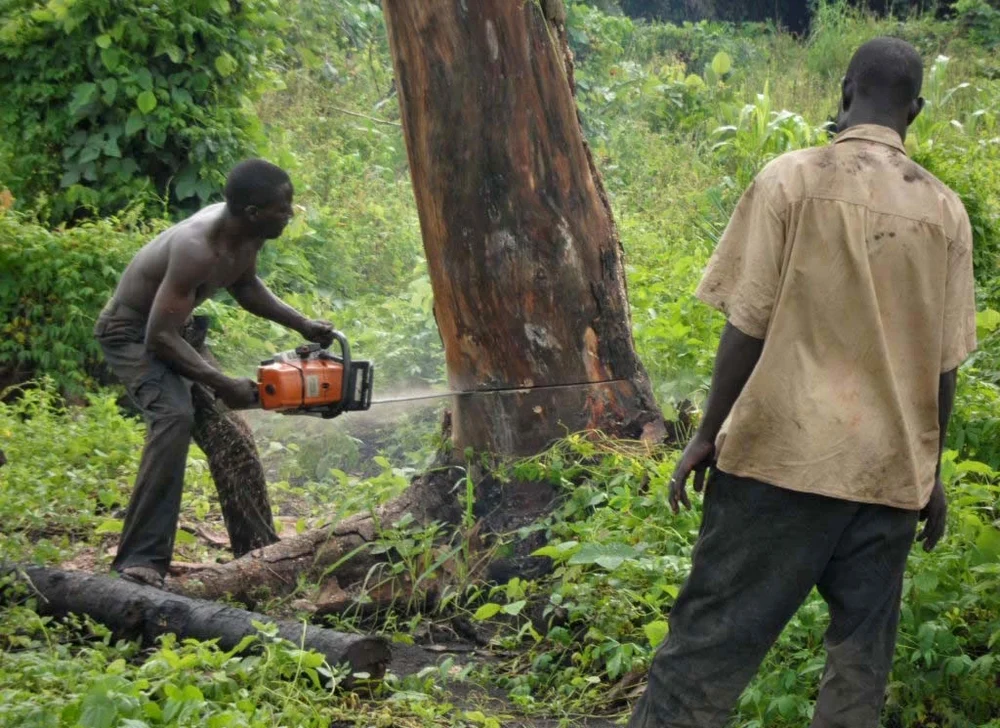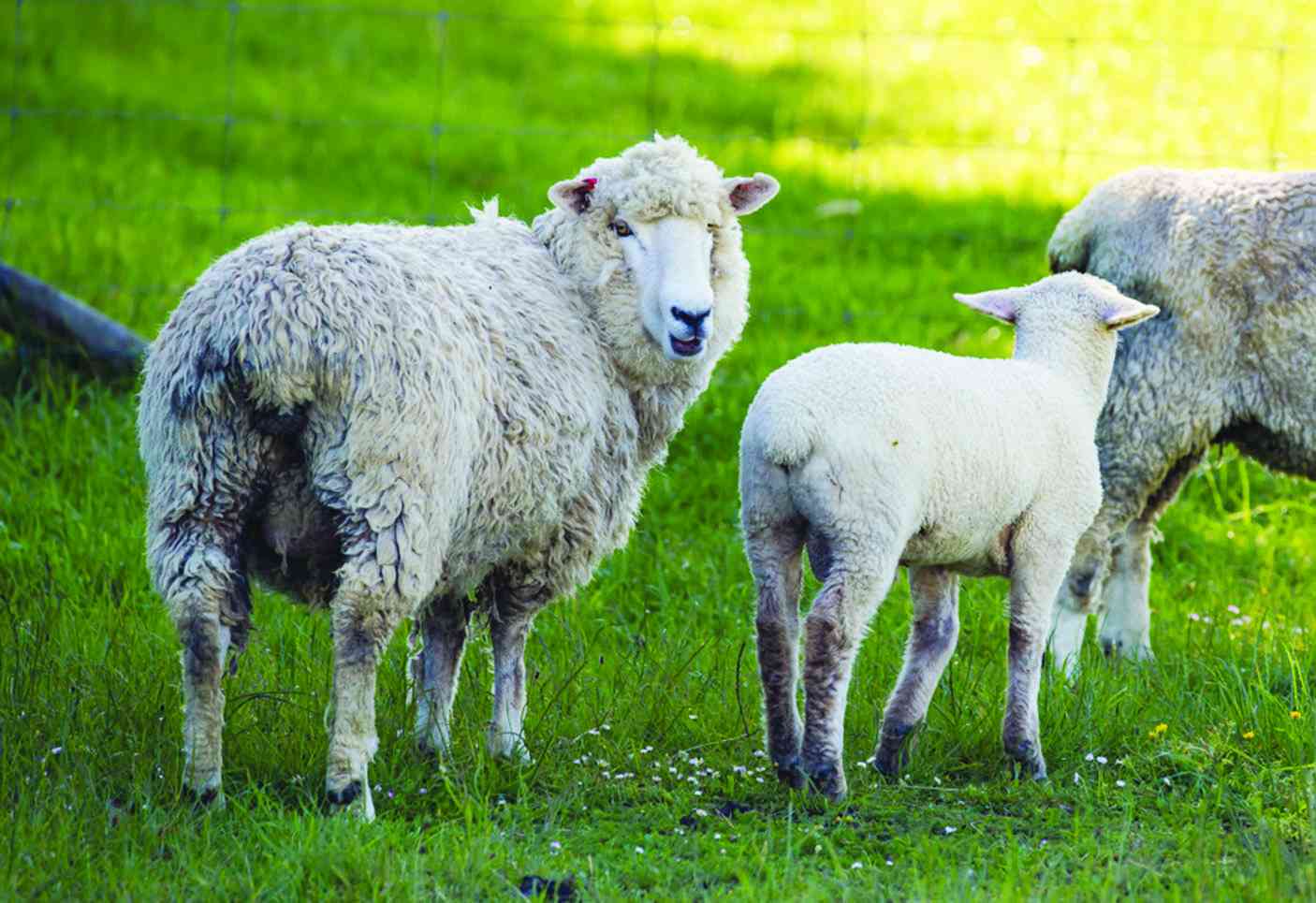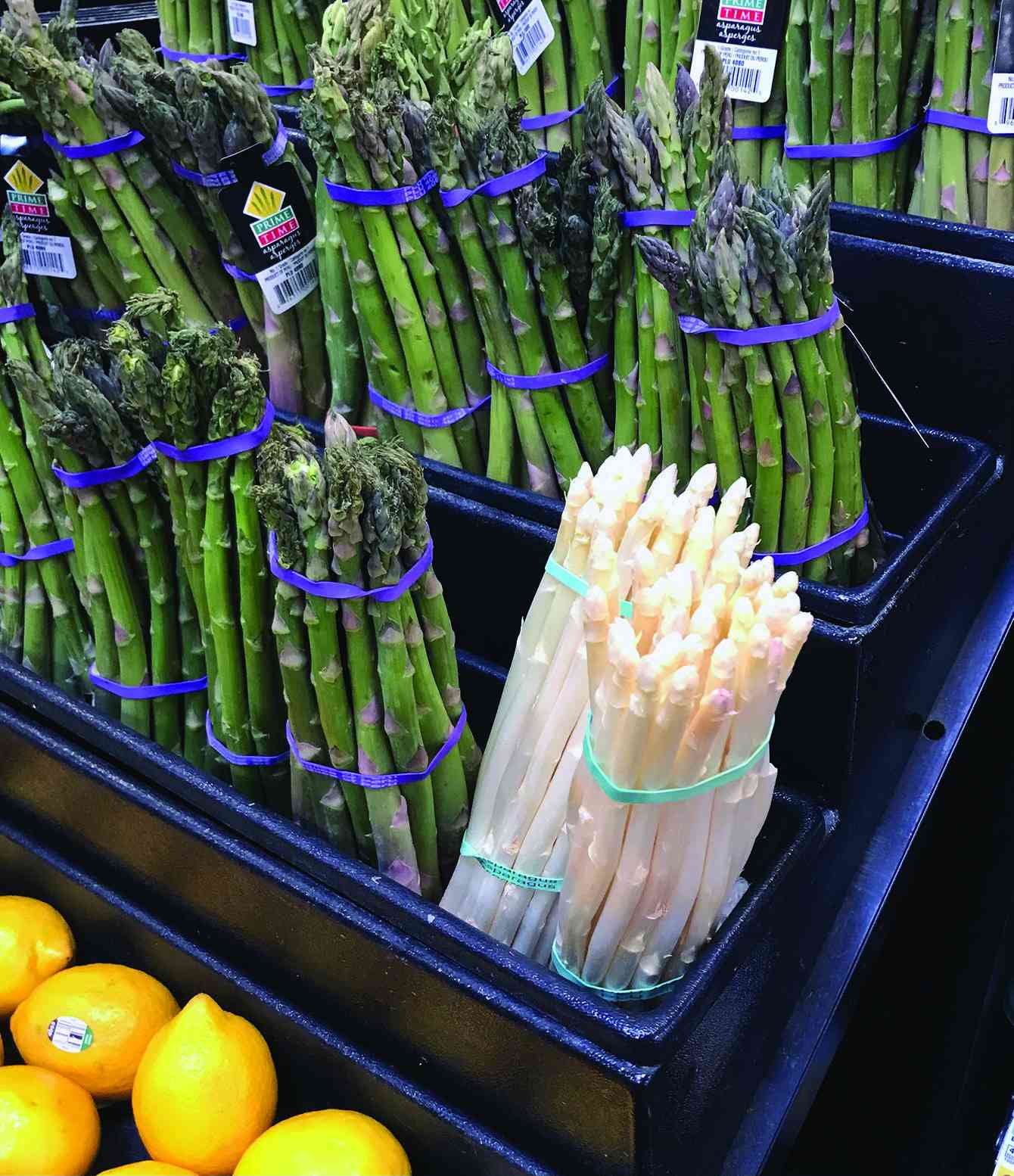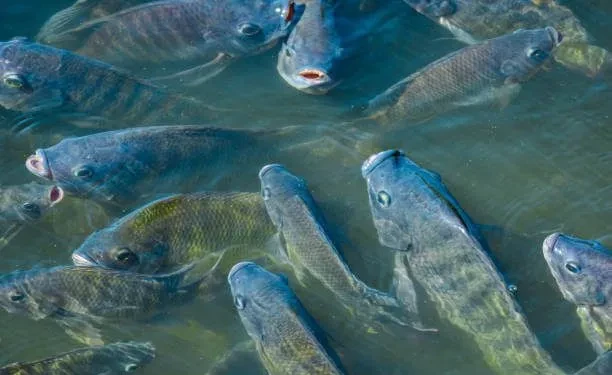
Kudakwashe Gwabanayi SCIENTISTS recently reported that in a decade or so many African countries would have run out of soil. This is mainly because of some bad agricultural practices that are being practised in most farms.
By the way, when scientists say we are going to run out of soil they simply mean that we are not going to have nutritious soil that can support plant growth.
Trees The argument is that most farmers are cutting down trees to clear land for farm land. In most cases people are using earth moving machinery to clear much more land than they actually need to use.
Unfortunately, tree leaves provide the much-needed humus that makes soil differ from sand.
Trees play an important role in the ecosystem of life as they fix nitrogen through precipitation.When plant tissues are shed or are eaten, the nitrogen in those tissues also becomes available to animals.
Microbial decomposition releases nitrogen compounds from dead organic matter in the soil, where plants, fungi, and bacteria compete for it. Some soil bacteria use organic nitrogen-containing compounds as a source of carbon, and release ammonium ions into the soil.
This process is known as nitrogen mineralisation. Others convert ammonium to nitrite and nitrate ions, a process known as nitrification.
Trees are also important at the farm because they also prevent soil erosion from taking place. Farmers are encouraged to always maintain a balance between their work and the natural vegetation that is around them.
- Chamisa under fire over US$120K donation
- Mavhunga puts DeMbare into Chibuku quarterfinals
- Pension funds bet on Cabora Bassa oilfields
- Councils defy govt fire tender directive
Keep Reading
Animals There are many farmers who claim that they are not interested in animal husbandry. However, Liu Chen writing in the Encyclopedia of Ecology (Second Edition), 2014 argues that animal waste is a must-have for any farmer, who is serious about producing nutritious crops.
Animal wastes have been applied as organic manure in traditional farming and remain a relatively large source of recyclable phosphorus in modern agriculture.
Beef cattle, dairy cattle, swine, and poultry are major producers of animal organic fertilisers.Horses and ostriches are not common in Zimbabwe but their manure is considered highly nutritious.
Only the phosphorus in confined animal wastes is considered to be recyclable for croplands, while unconfined animal wastes mainly return to pastures.
Assuming that animal biomass remains relatively constant, the amount of phosphorus in animal wastes is equal to the consumption of phosphorus contained in all kinds of feed.
The good thing about animals is that they feed on the crops that you would have ploughed. In a way this gives a market at your farm gate or your produce. But for those into wheat production, hay becomes a by-product after selling the real cereal.
Farmers are advised to maintain the life ecosystem by keeping as many animals as they possibly can. Goats, cattle, donkeys, cats, ducks, horses, ostriches, cattle, dogs, birds, rabbits, chickens, pigs and anything else that they can domesticate.
After all, when these animals die they decompose and provide good food or the soil.
According to Wikipedia decomposition processes can be separated into three categories—leaching, fragmentation and chemical alteration of dead material.
As water moves through dead organic matter, it dissolves and carries with it the water-soluble components. These are then taken up by organisms in the soil, react with mineral soil, or are transported beyond the confines of the ecosystem (and are considered lost to it). Newly shed leaves and newly dead animals have high concentrations of water-soluble components and include sugars, amino acids and mineral nutrients. Leaching is more important in wet environments and less important in dry ones.
Fragmentation processes break organic material into smaller pieces, exposing new surfaces for colonisation by microbes. Freshly shed leaf litter may be inaccessible due to an outer layer of cuticle or bark, and cell contents are protected by a cell wall.
Newly dead animals may be covered by an exoskeleton. Fragmentation processes, which break through these protective layers, accelerate the rate of microbial decomposition. Animals fragment detritus as they hunt for food, as does passage through the gut. Freeze-thaw cycles and cycles of wetting and drying also fragment dead material.
The chemical alteration of the dead organic matter is primarily achieved through bacterial and fungal action. Fungal hyphae produce enzymes that can break through the tough outer structures surrounding dead plant material.
They also produce enzymes that break down lignin, which allows them access to both cell contents and the nitrogen in the lignin. Fungi can transfer carbon and nitrogen through their hyphal networks and thus, unlike bacteria, are not dependent solely on locally available resources.
Crops On the other hand there are also farmers who claim that they are not interested in crop production. These farmers need to know that crops are different from trees and they play their own part in the ecosystem.
For example, there are crops like Katambora grass and Lucerne that can be grown purely for animal production. In this case, if a farmer is into animal husbandry he has to look for crops that his or her animals can feed on.
Crops provide good aeration for the soil. They also give fresh nutrients to animals as most crops have a very short lifespan and are constantly being replanted.
There is a need for farmers to maintain the ecosystem so that the soil they farm on is conserved. The best way of doing so is keeping animals on the farm as well as producing crops. But most importantly maintaining trees and the vegetation around the farm will help with water retention as well as prevent soil erosion.
- Gwabanayi is a practising journalist and a farmer in his own right. — 0772 865 703 or [email protected]











